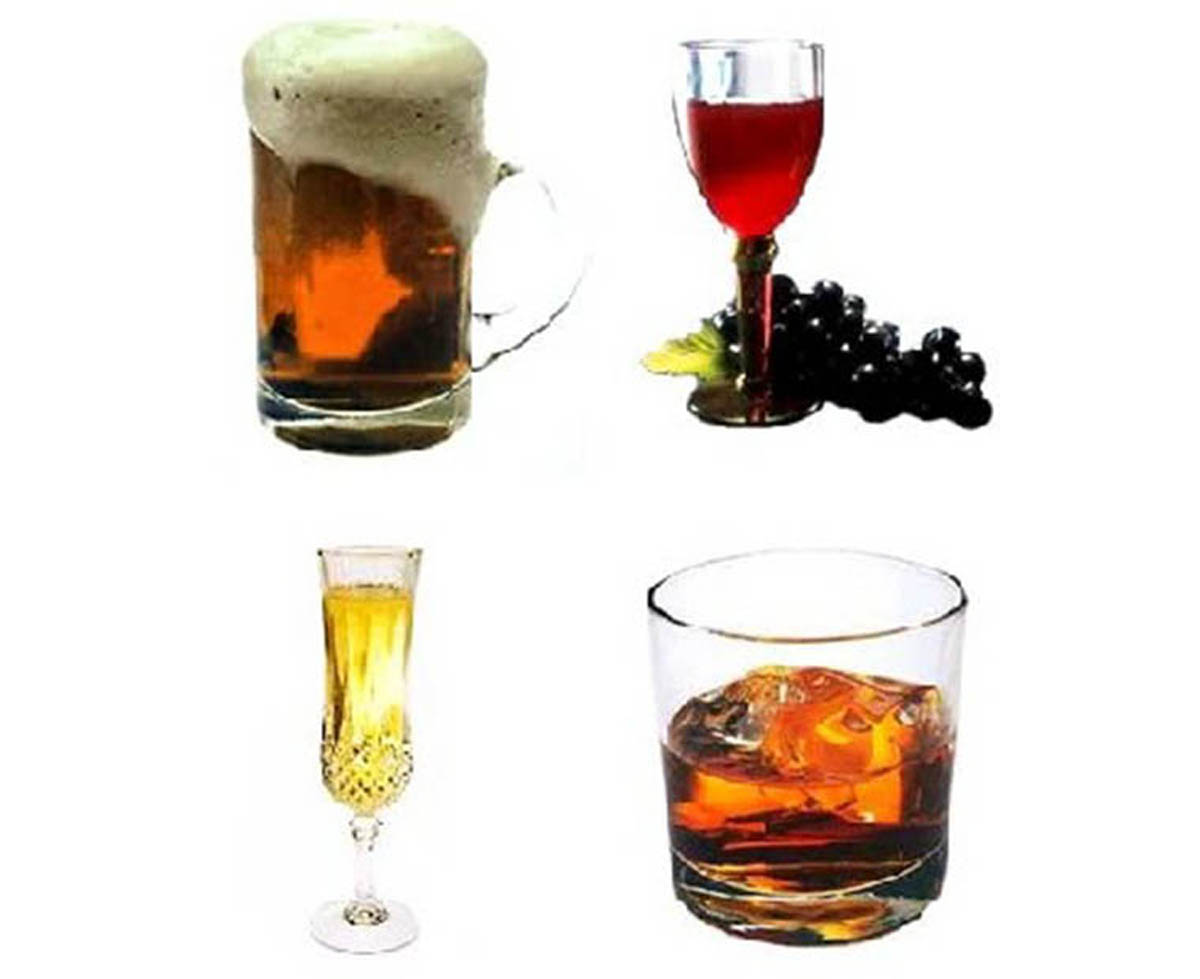Table of Contents

There are several approaches to alcoholism recovery, but the most effective ones include detoxification, medical treatment, and psychological support!
Incidence of the condition
Alcoholism is a very common illness, and thus represents a major public health problem facing many countries. More than 15 million Americans are estimated to suffer from alcoholism. In the United Kingdom, the number of alcoholics was estimated at over 2.8 million in 2001.
Alcohol and neurotransmitters
Alcohol dependence occurs gradually; while the person is drinking alcohol alters the balance of certain chemicals in the brain. In most cases we’re talking about altered balance of gamma-aminobutyric acid (GABA), which inhibits impulsiveness, and glutamate, which excites the nervous system. Alcohol also raises the levels of dopamine in the brain, which is associated with the pleasurable aspects of drinking. Excessive, long-term drinking can deplete or increase the levels of some of these chemicals, causing the body to crave alcohol to restore good feelings or to avoid negative feelings.
Possible causes of alcoholism
Several factors contribute to the risk of developing alcoholism, including but not limited to:
- Genetics: Some genetic factors may cause a person to be overly vulnerable to alcoholism.
- Emotional state: High levels of stress or anxiety can lead to alcohol, trying to forget the causes of stress.
- Psychological factors: Certain personality traits, such as low-self esteem or depression, can make a person more prone excessive drinking.
Four classic signs of alcoholism
Psychiatrists recognize four signs of alcoholism:
- Loss of control over drinking
- Continued use of alcohol despite social, medical, family, and work problems
- Increased alcohol tolerance over time
- Withdrawal symptoms such as anxiety, agitation, increased blood pressure, and (in extreme cases) seizures
Other signs of alcoholism:
- Drinking alone
- Inability to limit the amount of alcohol
- Losing interest in activities and hobbies that used to bring pleasure
- A compulsive need to drink
- Keeping alcohol in unlikely places at home, at work, or in the car
- Physical withdrawal symptoms such as nausea, sweating and shaking
Types of alcoholism
Type I alcoholism: This is the most common form, occurring in both men and women, and is associated with adult-onset alcohol dependence. This type appears to be the result of both genetic predisposition and environmental provocation.
Type II, or male-limited, alcoholism: This form of alcoholism, on the other hand, is due mainly to genetics. It occurs only in men, usually with an early onset. It is more difficult to treat than type I alcoholism.
Alcoholism recovery
The biggest main problem in the alcoholism treatment is the fact that most people enter treatment reluctantly, still denying that they have a problem. The best possible treatment is only available to those who recognize and accept the need for treatment.
Determining level of dependence
Although most people believe that the first step should always be the strict abstinence, the first step in treatment is to determine whether the person is really alcohol-dependent. In case of alcohol dependency, simply cutting back is ineffective. The effective treatment should be based on counseling with alcohol-abuse specialists. Possible interventions may also include goal-setting, behavioral modification techniques, use of self-help manuals, counseling, and follow-up care at a treatment center.
READ Ten Myths About Alcohol Finally Unmasked
Residential treatment programs
As mentioned earlier, a good residential program should include several things beside simple abstinence which is why mostresidential alcoholism treatment programs in the United States also include:
- individual and group therapy
- participation in alcoholism support groups
- educational lectures
- family involvement
- work assignments
- activity therapy
- counselors and professional staff
- WWW.FDA.GOV
- www.webmd.com/mental-health/alcohol-abuse/understanding-alcohol-abuse-treatment
- en.wikipedia.org/wiki/Twelve-step_program
- image: www.trendyink.net
- Photo courtesy of Cristiano Betta by Flickr : www.flickr.com/photos/cristiano_betta/3361290022/

